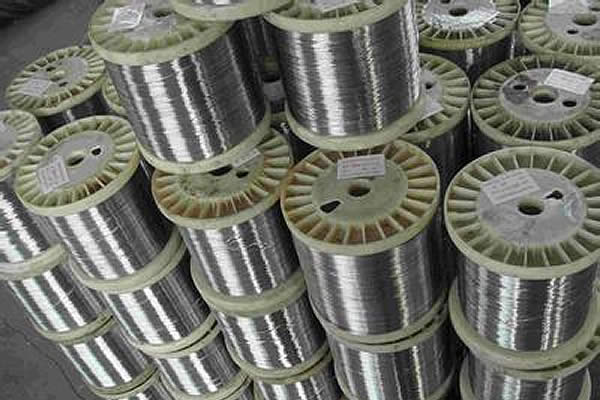 TEL:
+86-13102802206
TEL:
+86-13102802206
 Email:
fencenetting@china.com
Email:
fencenetting@china.com
 Language
Language
 TEL:
+86-13102802206
TEL:
+86-13102802206
 Email:
fencenetting@china.com
Email:
fencenetting@china.com
 Language
Language


The Symbolism of Chain Link Fences and Red Deer in Nature
In the realm of nature, symbolism often plays a crucial role in how we understand our surroundings. Two seemingly disparate elements—chain link fences and red deer—represent both confinement and freedom, domestication and wildness. This article aims to explore the interplay between these symbols and their implications for our relationship with nature.
Chain link fences are commonly found in urban and suburban settings, often serving as barriers that demarcate property lines, protect homes, or contain animals. On the surface, these structures appear as cold and unyielding facets of human design. They symbolize separation, restriction, and the desire to control nature. Yet, they also reveal deeper truths about our relationship with the wild. While they are meant to protect, they often encase the natural world, presenting a façade of safety and civilization.
The Symbolism of Chain Link Fences and Red Deer in Nature
The dichotomy between chain link fences and red deer raises questions about humanity’s approach to nature. One could argue that our instinct to control the wild is a natural extension of our survival instincts. However, it often leads to a disconnect from the very essence of life. The fence is both a boundary and a barrier, embodying our desire to claim dominion over the land while simultaneously restricting our engagement with it.

Take, for example, a scenario in which a suburban neighborhood borders a national park teeming with wildlife. Families build homes, and in doing so, they erect chain link fences to safeguard their properties. At the same time, the vibrant world of red deer and other wildlife thrives just outside these barriers. The fences protect gardens from foraging deer, yet they also signify a choice—one that determines how we interact with nature.
Our interactions with these two symbols can take various forms. On one hand, the chain link fence allows for a sense of security; it acts as a psychological buffer against the unpredictability of the natural world. On the other hand, in their pursuit of safety, people may unwittingly distance themselves from the rhythms of nature, disrupting the balance that once existed. They might miss the beauty of observing red deer grazing peacefully just beyond their confinement, a sight that invokes feelings of tranquility and connection to the earth.
Moreover, the fences signify a broader societal trend the growing division between urban development and the natural world. As cities expand, our connection to the wilderness diminishes. The red deer, in this scenario, becomes a distant reminder of what has been lost—the wilderness, the untamed beauty, and the freedom of life unencumbered by human-made divisions.
However, the relationship between chain link fences and red deer doesn't have to be antagonistic. Community efforts to create corridors for wildlife can bridge these divides. Initiatives that encourage coexistence and sustainable living are emerging, where urban planning incorporates wildlife habitats, ensuring that red deer can traverse their territories without the threat of confinement or danger.
In conclusion, the relationship between chain link fences and red deer serves as a poignant metaphor for humanity's intricate dance with nature. We erect barriers in our lives, both physical and psychological, yet the call of the wild remains persistent. Red deer remind us of the inherent beauty and freedom of nature, while chain link fences challenge us to reconsider our approach to coexistence. By bridging the gap between these two symbols, we can foster a renewed understanding of our place within the natural world, ultimately paving the way for a more harmonious existence with the environment that sustains us.